A presentation published by the ISSCC (International Solid-State Circuits) shows the impressive semi-global shutter (~mechanical shutter) capabilities of the newly announced Sony Alpha 1 in video mode. It appears that there’re zero rolling shutter artifacts when shooting 250 FPS on the Sony Alpha 1. Check out all the nerdy tech stuff below.

Sony Alpha 1 sensor presented by the ISSCC
The presentation titled as: “A High-Speed Back-Illuminated Stacked CMOS Image Sensor with Column-Parallel kT/C-Cancelling S&H and Delta-Sigma ADC” (which is the sensor inside the Sony Alpha 1) was published by the ISSCC. Beyond the ultra-nerdy stuff composed of tons of technical details, a very cool fact can be explored. And that would be the zero rolling shutter artifacts when shooting at high speed.

Zero-rolling shutter artifacts
The elimination of the rolling shutter occurs when shooting 250 FPS. It’s important to note that the Sony Alpha 1 can shoot in 250 FPS mode when filming H.264/XAVC S 4:2:2 10-Bit, Full HD. As stated in the deck: Figure 7.6.4 shows the evaluated sensor linearity and the reconstructed sample image compares a frame rate of 30fps with 250fps, indicating the rolling shutter distortion. The resolution of gain-adaptive column ADCs is 14b. The output code obtained by high gain is divided by the AGC gain ratio in the subsequent digital block, where the linear 14b outputs are reconstructed with nonlinearity within -0.42% of the full scale without any special trimming. Filtering the nerdy stuff, just go ahead and check the image below to explore those minimal to zero rolling shutter artifacts at 250 FPS. Indeed, the 250 FPS readout is equivalent to a global shutter.
Mechanical Shutter
The rolling shutter distortion can be produced with CMOS sensors when recording fast-moving subjects with fast shutter speeds or when panning rapidly. With an electronic shutter, the CMOS sensor scans line by line sequentially, and with fast-moving subjects rolling shutter distortion can be seen in the image. With a mechanical shutter at fast shutter speeds the front and rear shutter, curtains are often so close together that essentially only a slit of the image sensor is exposed at once which helps to reduce the effect of rolling shutter distortion. The Alpha 1 is the world-first flicker-free electronic and mechanical shutters. The camera allows you to get flicker-free shooting under fluorescent/artificial lighting with all the benefits of the electronic shutter. Explore the whole document below:
[pdf-embedder url=”https://ymcinema.com/wp-content/uploads/2021/03/Sony-Alpha-1-sensor-ISSCC-2021-presentation.pdf” title=”Sony Alpha 1 sensor- ISSCC 2021 presentation”]
Final insights
Although the global shutter (=zero artifacts) advantages on the Sony Alpha 1 occur on Full-HD shooting mode, it’s still pretty impressive. The distortion is almost completely reduced. However, when examining the image of the 30 FPS, decent rolling shutter artifacts can be noticed, which is not so good.
What’re your thoughts about the Sony Alpha 1 capabilities to reduce to rolling shutter to zero? Comment below.

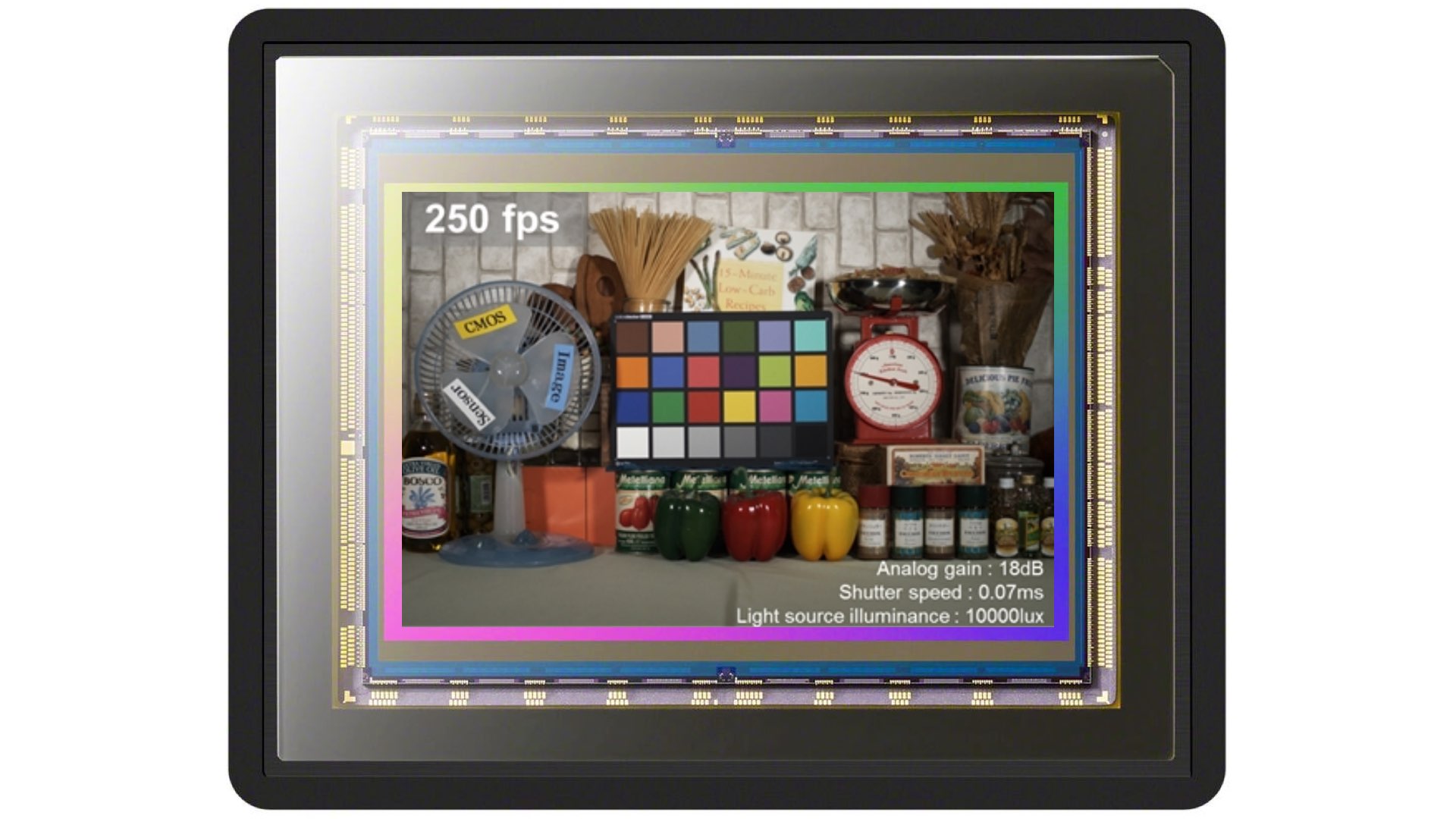


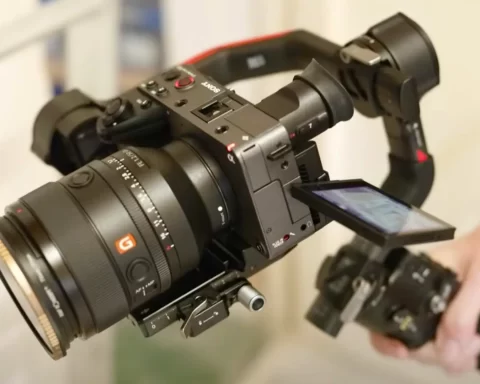
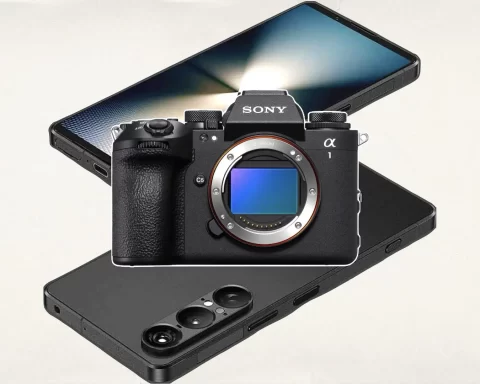
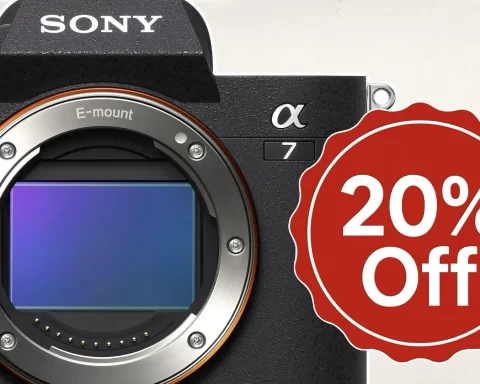
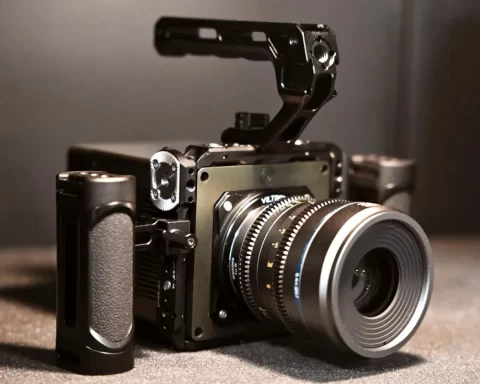
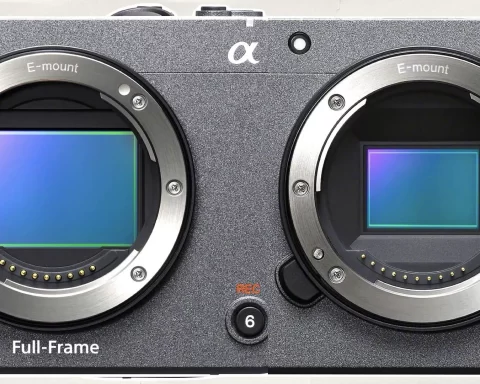

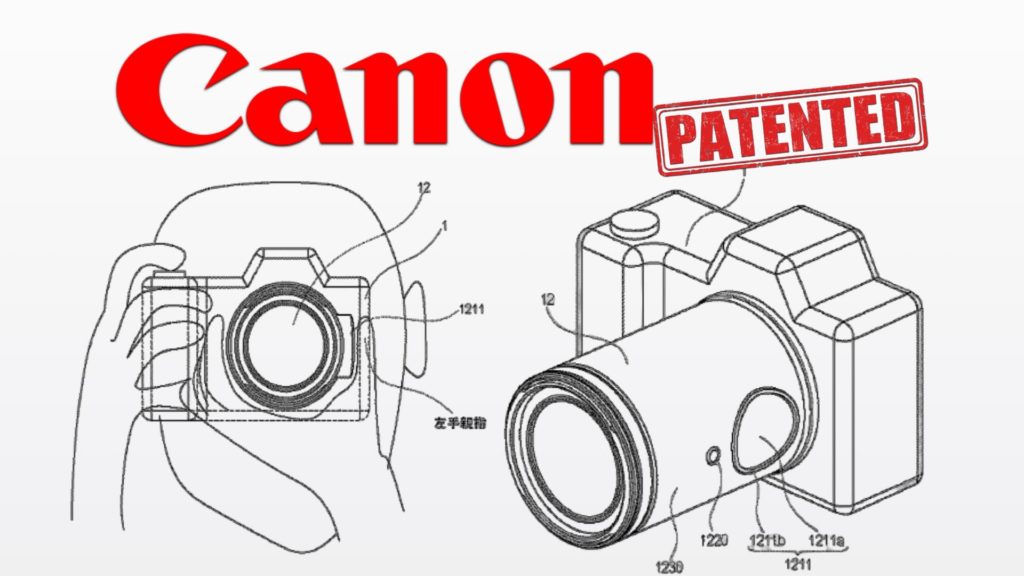
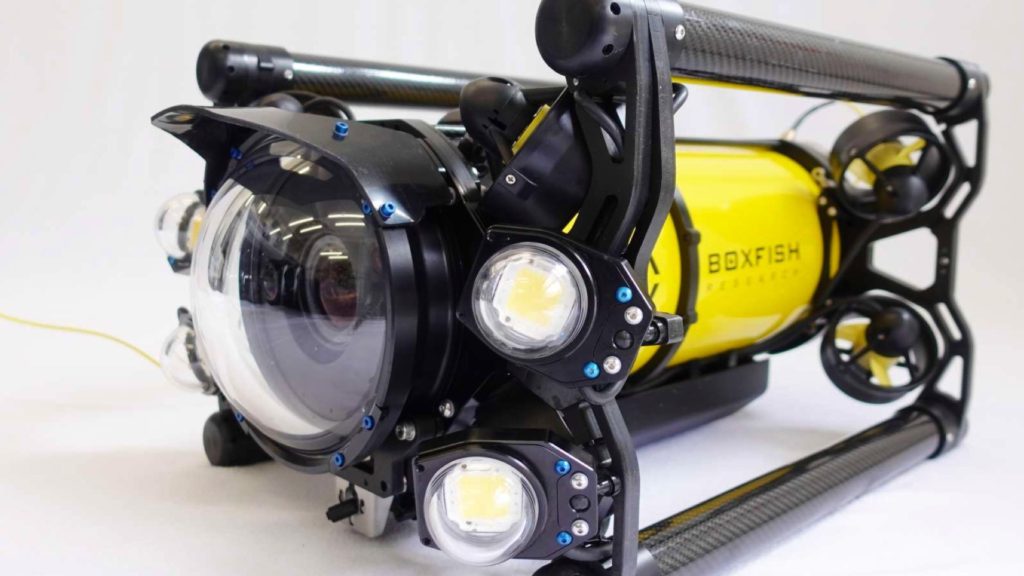
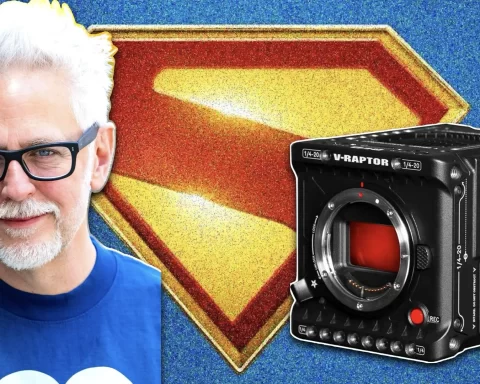


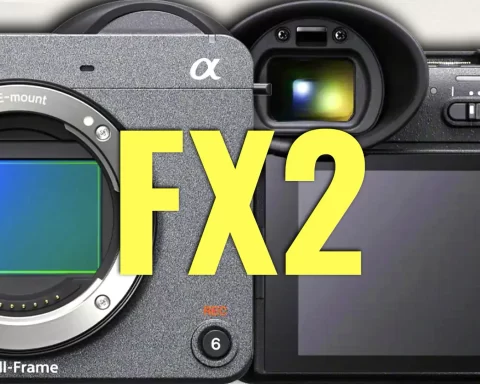
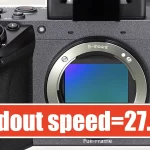

But, what about rolling shutter at 60 fps???
The 30 fps is a constructed image for comparison it is not what the A1 would achieve at 1/30 of a second as the frame readout speed is fixed at 250fps. Its going to have very little rolling shutter artefacts in stills or video mode.